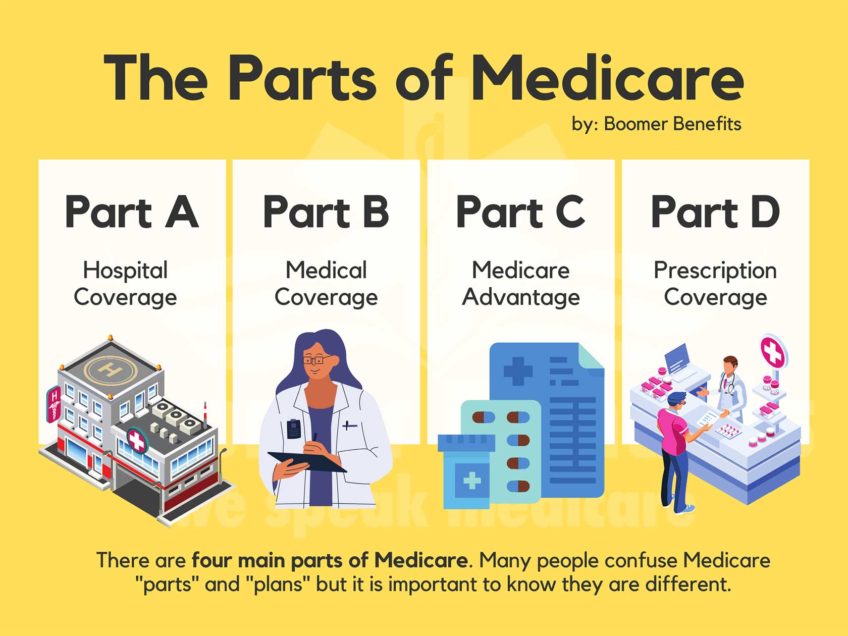Someone dies of a stroke every four minutes. Those who survive often spend a lifetime of disability and loss of independence. Yet, according to the National Institute of Neurological Disorders and Stroke (NINDS), an arm of the National Institutes of Health, 80 percent of strokes are preventable.
Some risk factors for the condition cannot be controlled. Age, gender, race and family history are unchangeable. Other factors, however, can be modified by medical treatment or avoided altogether.
By far, high blood pressure, or hypertension, the biggest contributor to stroke, is controllable through medications and healthy lifestyles.
NINDS indicates that high blood pressure causes a two- to four-fold increase in the risk of stroke before age 80.
Dr. Natalia S. Rost, associate director of the Acute Stroke Service at Massachusetts General Hospital, agrees. “There is ongoing damage to vessels in untreated high blood pressure,” Rost explained. Health professionals prefer a pressure that is 120/80 or less. “We now know that there is low impact damage even when blood pressure is only slightly higher than it should be,” she said.
This is not good news for African Americans, 40 percent of whom are afflicted. Not only is the condition more severe in blacks than in whites, it develops earlier in life and is less likely to be controlled.
“That creates a perfect storm,” explained Rost. Researchers at the University of Alabama at Birmingham bore that out. They found that in those with uncontrolled hypertension the risk of stroke is three times larger for African Americans than for whites.
The solution, according to Rost, is simple. “Check blood pressure regularly,” she advised. Annually is acceptable, but semi-annually is even better. And if one’s primary care provider is not available, the monitors at the local supermarket or pharmacy will do. But unless blood pressure is perfect, seek medical evaluation and treatment right away.
Diabetes is another modifiable condition closely linked to stroke. Although associated with excessive sugar in the blood, the disease also causes destructive changes in the blood vessels throughout the body, including the brain. What’s worse is that if blood glucose levels are high at the time of stroke, brain damage can be more severe and extensive. Treating diabetes can delay or prohibit the complications that increase the risk of stroke.
Heart disease and high cholesterol are precursors to a brain attack. Excessive “bad” cholesterol is the major cause of narrowing of blood vessels, leading to both heart attack and stroke. One heart defect in particular — atrial fibrillation — is responsible for one in four strokes. Atrial fibrillation is a type of irregular heartbeat in which the upper chambers of the heart quiver instead of contract forcefully. Blood tends to pool then clot, which can result in an ischemic stroke.
Some risk factors of stroke, however, are preventable and under one’s control. Smoking is one example. Most people associate cigarette smoking with cancer, but its damage extends far beyond malignant tumors. The NINDS notes that cigarette smoking causes a roughly two-fold increase in the risk of ischemic (blood clot) stroke and a four-fold increase in the risk of hemorrhagic (bleeding) stroke.
In addition, nicotine raises blood pressure, and carbon monoxide found in cigarette smoke robs the brain of oxygen. Cigarette smoke also makes the blood thicker and more likely to clot.
Atherosclerosis, or plaque, the build-up of fat in the arteries, does enough damage on its own, but when paired with smoking, is more of a threat. “Exposure to compounds in smoke promotes atherosclerosis in the vessels of the brain,” said Rost. “It occurs faster than expected,” Rost said, “and it makes vessels more vulnerable to injury.”
Although sitting all day and eating too many unhealthy foods do not directly result in stroke, these behaviors are highly linked to diseases that do, including hypertension, diabetes and heart disease.
Exercise is protective, according to Rost. Thirty minutes of walking a day and a diet of fruits and vegetables can improve vascular health.
The good news is that even a minor improvement in what the American Heart Association calls Life’s Simple 7 — elevated blood pressure, cholesterol and blood glucose, obesity, current smoking, physical inactivity and poor diet — could reduce the chance of a stroke by 8 percent within five years.
Rost is keeping a positive outlook that the prevalence of stroke and disability will decrease down the line.
“We can use all these risk factors to estimate the risk of stroke,” she said. “And we can continue to educate the public.”







